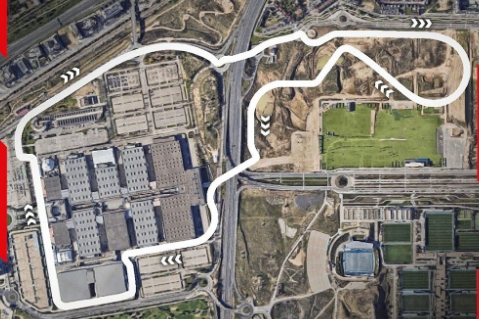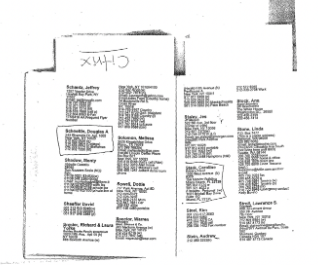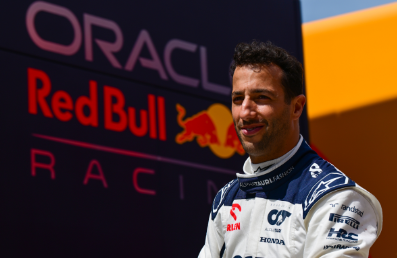Filed under:
Formula One announced this week that the Spanish Grand prix would be moved to Madrid in the form of a street circuit. While many saw this as an incredible opportunity for new change others began raising red flags. Largely online the consensus has been concerned over change and many feel as though there might be something more behind the switch. While Stefano Domenicali remains firm that this is for the fans and something to make F1 more accessible some light digging reveals it’s less altruism and more capitalism pulling the strings.
Recently there has been quite the rise in street circuit popularity from Formula One. From Singapore to Vegas they are the new big thing, but should they be? After all, thousands watched as a rushed street track took a chunk out of a competitor's car. Street circuits aren’t polished and often lack the ability to control the elements within them, giving us cases like Vegas which is a track almost entirely made up of straights. The tactical advantage to a race track is they are designed and maintained for racing not civilian life.
Outside of just the tactical street circuits are seldom popular with locals. The Miami street circuit has received a ton of protest from locals who are concerned with the pollution that comes from big motorsport events. In response to these concerns F1 simply wrote a check. It isn’t just pollution but also construction that’s a concern, in Las Vegas the construction caused massive traffic headaches and worse slowed down a lot of businesses for small locally owned businesses many of which were still struggling from the pandemic. Madrid is a busy city, there are a number of historical and cultural sites that will be interrupted by not just construction but by the actual race weekend.
Finally we reach the fans, the one’s Formula One claims they care so much about and what we find is insane ticket prices with hundreds of free VIP trips for celebrities and influencers. Sports Illustrated reports that grandstand seating at the Las Vegas Grand Prix cost a minimum of $1,169 before fees, after the minimum was closer to $2,000. While we saw these prices continue to climb we also saw F1 sponsor countless influencers, many who had no interest in the sport, showering them with passes and merch. At the Miami GP ticket prices reportedly average out to about $655 for the three day pass, far less than Las Vegas but still insane compared to the majority of other tracks which tend to average in the $200-300 range. Clearly these races aren’t more accessible in terms of price so if not for the fans than who for, the simple answer is the organizations wallet.
Race tracks are expensive, however most of the time Formula One isn’t the one shouldering most of these costs. Forbes wrote a piece highlighting the extreme cost for hosting these races they found that over a ten year period the cost was $851.2 million a hefty cost to bear. The same article found that in the short run street circuits are cheaper to put up and build but often have higher operation costs because of repaving the streets. These operation costs only fall onto the owners of the track, F1 only owns one track and it happens to be the most expensive tickets. Where Formula One makes money is actually from hosting fees.
An analysis of these fees found that Barcelona’s is pretty standard with the fee being $25 million, tracks that share a similar long history with F1 like Suzuka, Monza, Silverstone, and COTA also have $25 million contracts. More recent tracks however have found themselves paying much higher fees. To return to the schedule Shanghai paid $55 million circuits like Jeddah, Qatar, and Abu Dhabi all somewhat recently have much higher rates. The likely case of what happened with Barcelona was the organizers for Madrid were willing to pay a much larger fee compared to the lower historic fee Barcelona was used to, so to get an extra roughly $33 million F1 sacrificed tactics and fans.
We haven’t seen the Madrid race in action so the track could be incredible but it doesn’t change the fact that tickets are likely higher, construction will likely disrupt local life, and most importantly a good race doesn’t mean good reasoning. When F1 is ruled by greed no one wins and for many disdain begins to grow for a sport they used to love. Decisions at the highest level shouldn’t go to the highest bidder.




